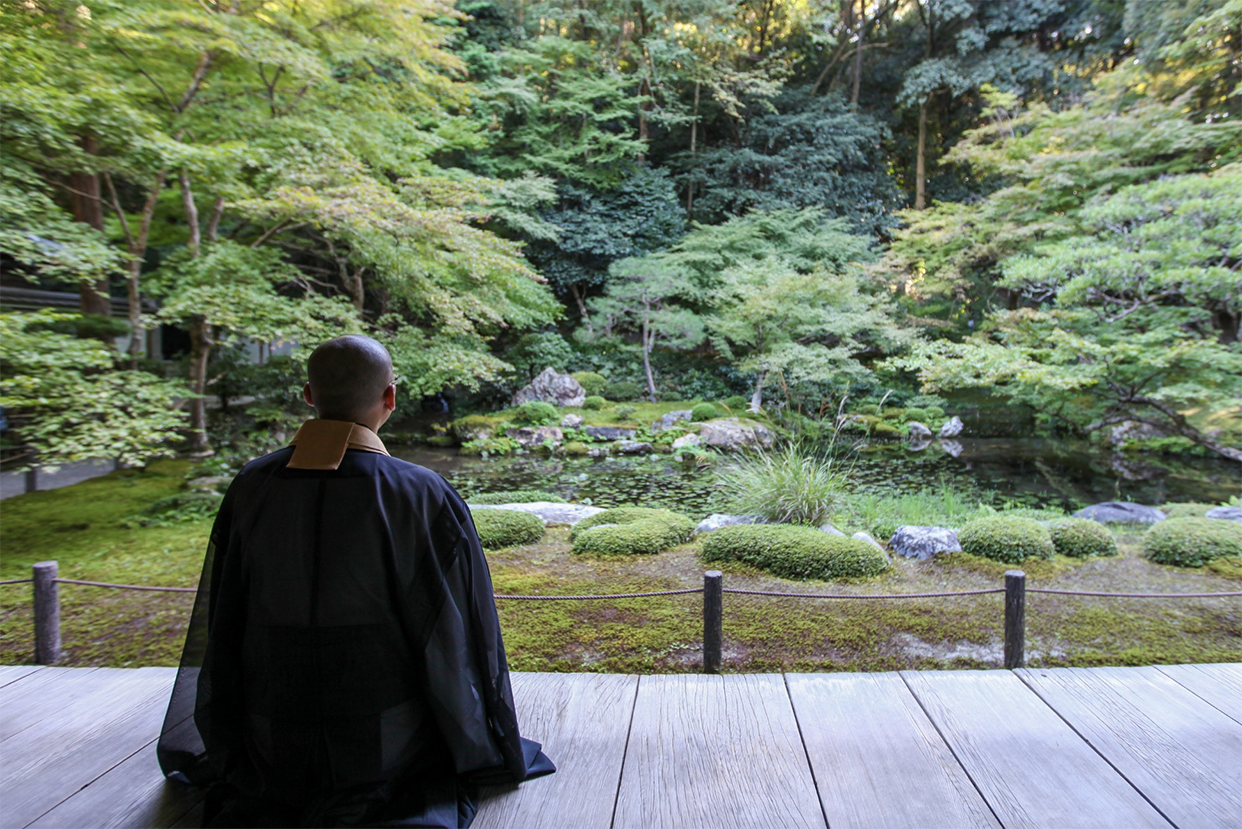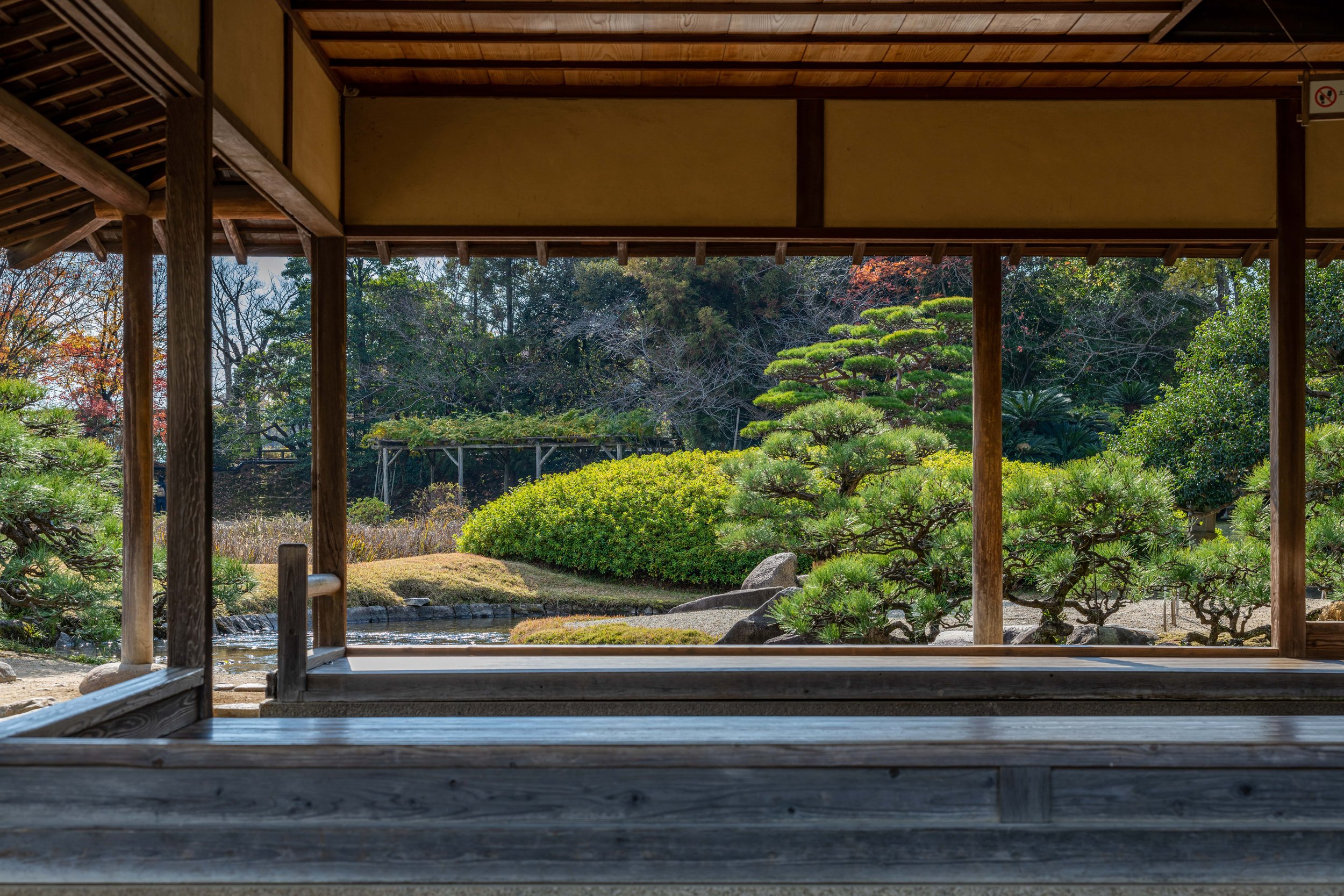Exploring Serenity: A Guide to Japan's Tranquil Gardens
There are different types of Japanese gardens, each uniquely beautiful and tranquil. The gardens of emperors and nobles were designed for recreation, while the gardens of Buddhist temples were designed for contemplation and meditation- or zen. Below is a guide to some of the most notable Japanese gardens.
The Three Most Significant Gardens
Kenrokuen
Ishikawa prefecture, Kanazawa city
One of Japan's Three Great Gardens, Kenrokuen is worth a visit. With about 8,750 trees, and 183 species of plants in total, as well as the oldest fountain in Japan, it is a peaceful example of the beauty of Japanese gardens in all seasons.
In winter, the park is notable for its yukitsuri — ropes attached in a conical array to carefully support tree branches, which protects them from snow damage and gives the garden a unique look.
Kourakuen
Okayama prefecture, Okayama city
Kourakuen was built in 1700. The garden is located on the north bank of the Aashi River in Okayama City. The garden was designed in the Kaiyu, which focuses on scenic views, so visitors can expect a new view from every turn and vantage point in the garden.
Kairakuen
Ibaraki prefecture, Mito city
Built in 1841, this garden has been open to the public from its inception. Kairakuen is at its most beautiful during plum blossom season in February and early March. There is a plum tree forest with over one hundred varieties of plum trees, as well as a bamboo grove, cedar woods, and a traditional Japanese building called the Kobuntei.
Other Famous Gardens
Adachi Museum of Art
Shimane Prefecture
The garden in the Adachi Museum of Art is just as impressive as the paintings and exhibits and helps visitors to the museum connect with nature.
Ritsurin Park
Kagawa Prefecture, Takamatsu City
Ritsurin has a tea house, the Sanuki Folk Craft Museum, with various folk art and crafts for sale, in addition to the garden. The garden itself is made up of bridges, footpaths, ponds, hills, and lush trees.
1/25/2024










